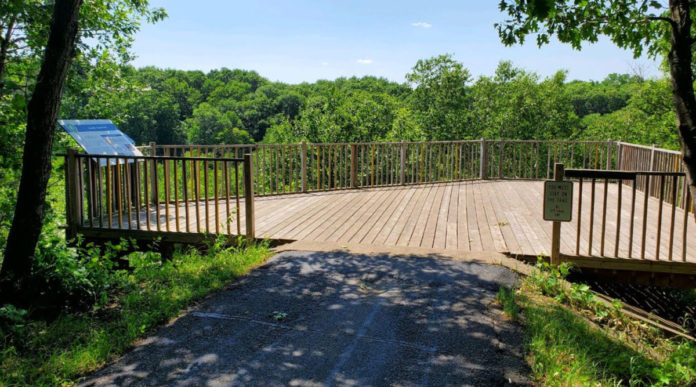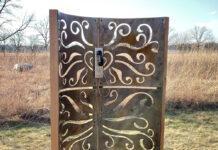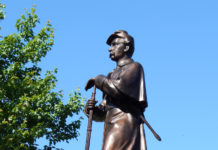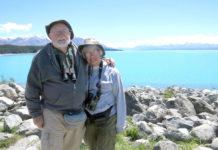Picture the most extravagant museum in the world. How many levels does it have? How many displays and galleries? Do security guards flank each doorway?
Now imagine this: What if this incredible museum was 65 acres, open 7 days a week, and completely free to all comers?
Just off of Highway 68, near the picturesque Minneopa Falls, the Williams Nature Center welcomes nature lovers, exercisers, or anyone looking for peace, beauty, and a change of pace. The public park was officially dedicated in 1985, through the help of a generous donation by the Williams Pipeline and through the efforts of Lloyd Vollmer, Perry Wood, the Key City Conservation Club, and many other dedicated citizens who wanted their community to enjoy a slice of the Minnesota outdoor experience.
That’s not all – the founders and helpers had a special vision for the park that would include a wider range of visitors than many other local parks allowed in the mid-1980s.
An Accessible Attraction
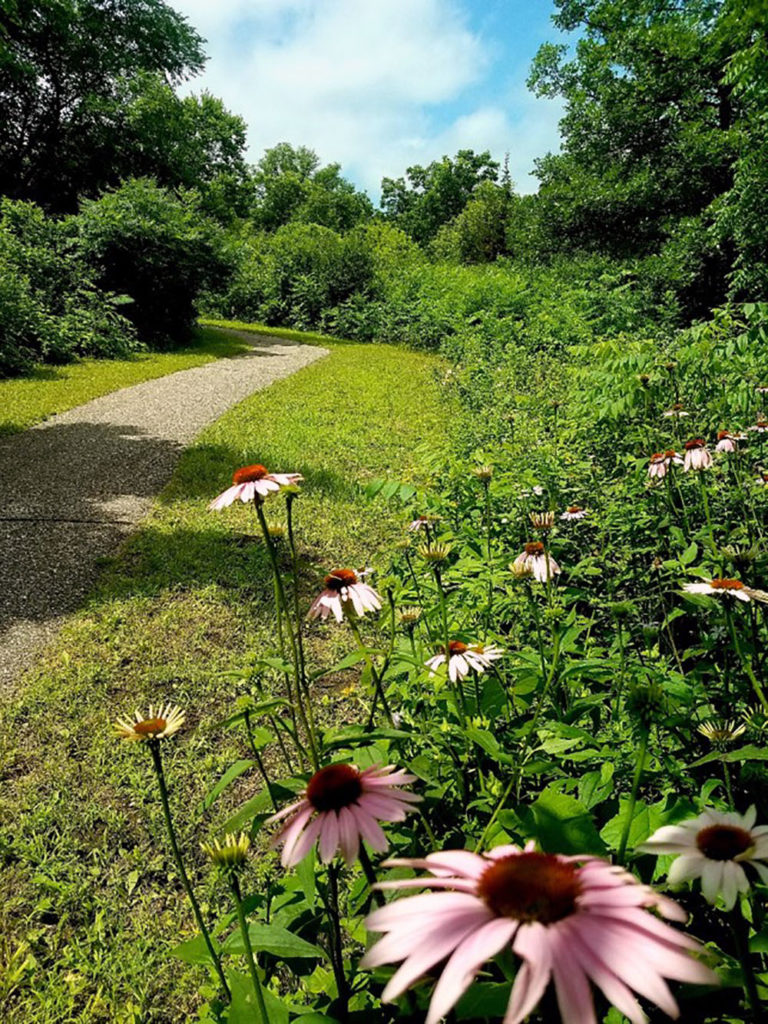
“Because the trails are all paved, it is one of our only ADA accessible parks, so it’s a great place for wheelchairs and strollers to get out and experience nature,” explained Blue Earth County’s Public Works Director Ryan Thilges. Williams Nature Center contains a mile and a half of leveled, paved, and sealed trails – a real boon to anyone with a set of wheels. Besides this, the park has accessible modern restroom facilities as well as a log cabin used as an interpretive center and gathering space for public and private events.
Because the trails are all paved, it is one of our only ADA accessible parks, so it’s a great place for wheelchairs and strollers to get out and experience nature.Ryan Thilges
While you can certainly visit the park for some aimless, fresh-air strolling, Thilges also recommends that visitors check out the Center’s other unique feature: A self-guided tour of the park’s history.
Self Guided Tour
“We want to thank the Mankato Area Foundation, because it was with their help that we were able to create and update that walking tour,” said Thilges. The Blue Earth County parks department installed six stations on the trail loop that educate listeners on the park’s flora, fauna, and geology. Each station includes a QR code and a call-in option for ease of use.
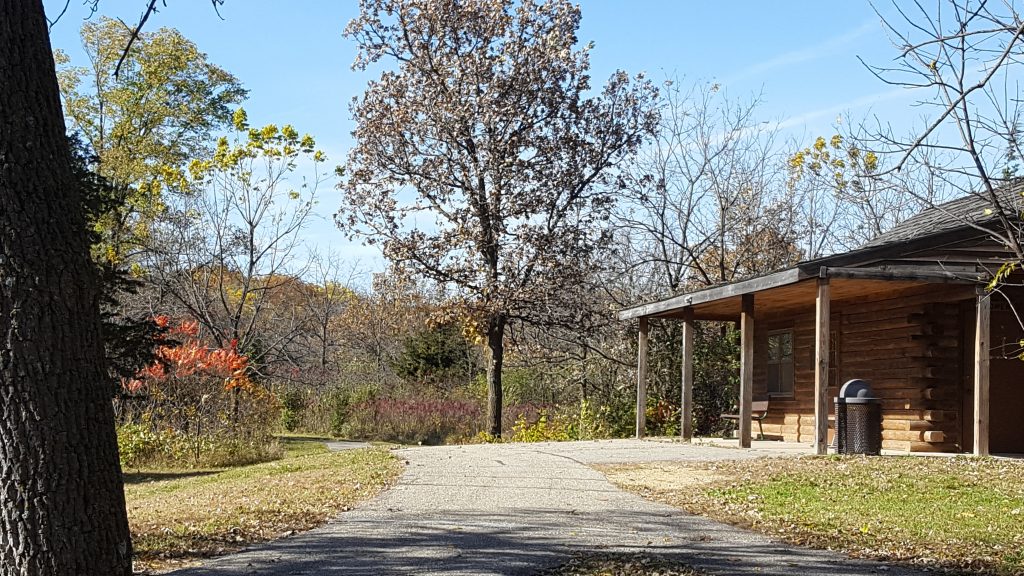
“I certainly think my favorite parts are the scenic overlooks,” Thilges said of the tour. “You look down onto the river valley and the water, and the geomorphology of the plants and wildlife and how it changes throughout the seasons.” The Center contains observation platforms above both the Minnesota River and Minneopa Creek, which offer striking views of the plunging valleys and foliage.
By installing the guided tour, the Blue Earth Parks Department hopes to encourage a greater appreciation for Southern Minnesota’s unique natural history. Other self-guided stations include the history of the park’s massive granite glacier boulders, as well as the indigenous plants.
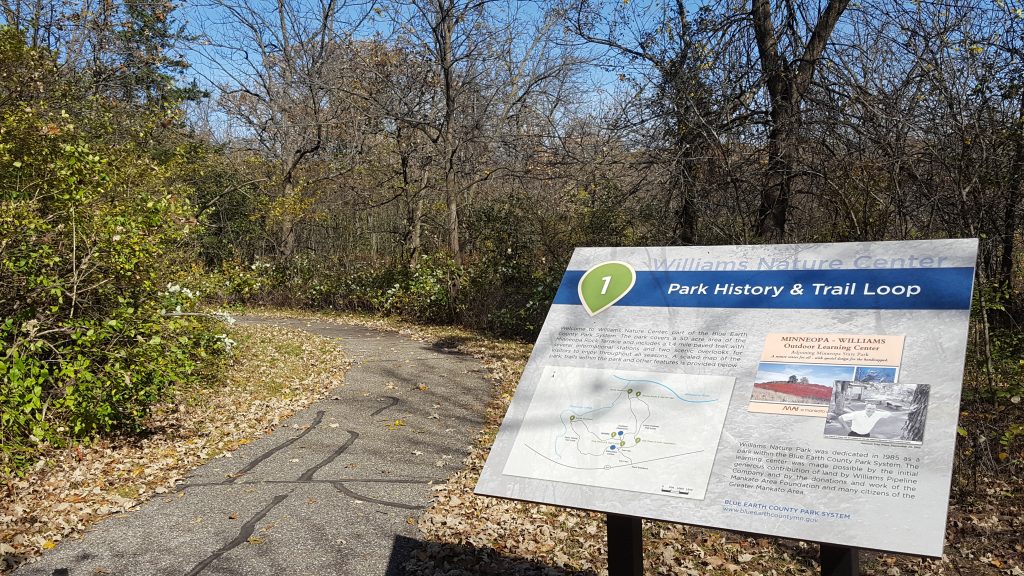
Flora and Fauna
“The park contains a number of very large trees, especially burr oaks, that are somewhere in the 200 to 300 year old range,” Thilges said, mentioning that the Parks Department works tirelessly to ensure that invasive species don’t choke out the original plants.
Animal lovers will be happy to find that their critter friends are not forgotten by the tour. Other stations are dedicated to the history of local wildlife, including waterfowl, songbirds, hawks, muskrats, beavers, otters, white-tailed deer, and foxes. If visitors are patient and quiet, they are often rewarded by a glimpse of the Center’s furred or feathered residents.
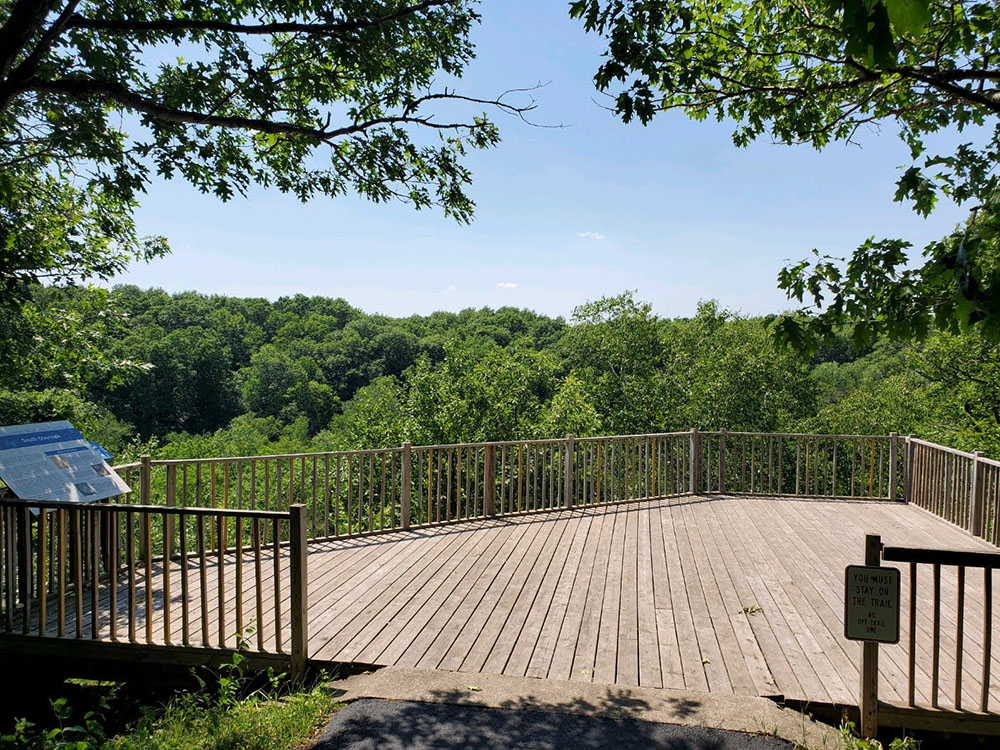
A Place to Gather
Thanks to its beautiful atmosphere, the Williams Nature Center has been a popular spot for public and private gatherings. The Public Works department regularly rents out the log cabin interpretive center for events of all kinds. Since the arrival of COVID-19, public access to the building has been slightly modified but not entirely cancelled.
“Right now, we have limited the use of it,” Thilges said regarding the interpretive center. “It’s been available for hiking since the COVID crisis began and it’s really in the model of solitary outdoor activities.” The Parks Department still encourages the public to visit the Center for some outdoor exercise and social-distancing-approved outings.
“The restrooms do also remain closed, but there is an ADA-accessible satellite facility if needed,” Thilges added. Availability for all remains an important goal for the Williams Nature Center.
I really enjoy some of the improvements we’ve been able to make. To see the park take shape over time and to see amenities and opportunities grow within the park has been pretty rewarding.Ryan Thilges
A Place to Volunteer
If the public wants to become more involved with the Center, the Public Works Department gladly offers volunteer opportunities.
“We allow invasive species removal and just some general cleanup and things like that,” Thilges said. “We’re always happy to get corporate outings where we will get companies that want to go out and clean up a park, and it’s kind of a nice way to give back to their community.” As an added perk, volunteering provides yet another way of becoming knowledgeable about Southern Minnesota’s geology and wildlife.
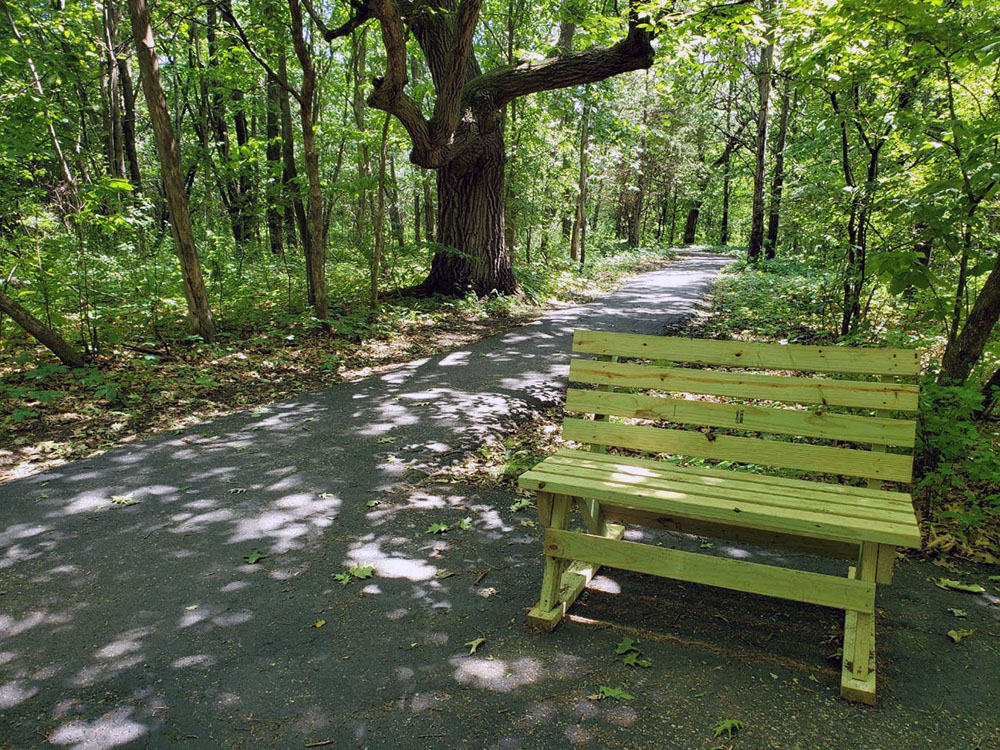
Thanks to its commitment to accessibility and education, the Williams Nature Center has grown into more than just a park – it’s also a free classroom for the natural world.
“I really enjoy some of the improvements we’ve been able to make,” said Thilges. “To see the park take shape over time and to see amenities and opportunities grow within the park has been pretty rewarding.”

